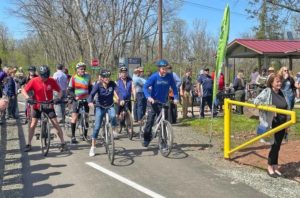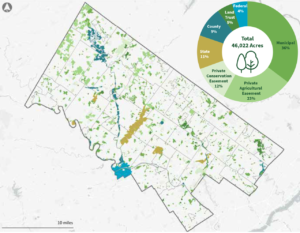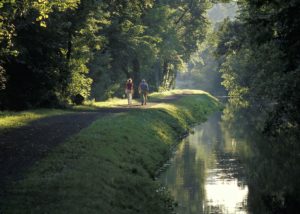As the budget season ends in Harrisburg, we would like to share some great news with you – Growing Greener III (now referred to as an Outdoor Recreation Program in the budget) and the Clean Streams Fund have been included in the budget. A large portion of the federal American Rescue Plan dollars were allocated to environmental/conservation/outdoor recreation investments. Here is the final breakdown:
- $100 million to an Outdoor Recreation Program to be managed by the DCNR for State Parks and Forest infrastructure, conservation, and recreation projects
- $220 million to a newly created Clean Streams Fund
- 70% to State Conservation Commission for the Agricultural Conservation Assistance Program
- 10% to PennVEST
- 10% to the Nutrient Management Fund
- 4% to DEP for Stormwater Management Grants
- 4% to DCNR for the Keystone Tree Restricted Account
- 2% for AMD abatement
- $320 million to Commonwealth Financing Authority for water, sewer, flood, and high hazard dam projects
We would like to thank you for your continued efforts that have aided in us crossing the finish line for FY 22/23.
In the next few weeks, we will be analyzing the impact of these investments. Additionally, we will begin discussing what our next steps will be as we push forward.
If you have any questions regarding the budget please contact Brad Barkdoll, WeConservePA’s Advocacy Manager, at [email protected].
 DCNR recently joined a
DCNR recently joined a 
